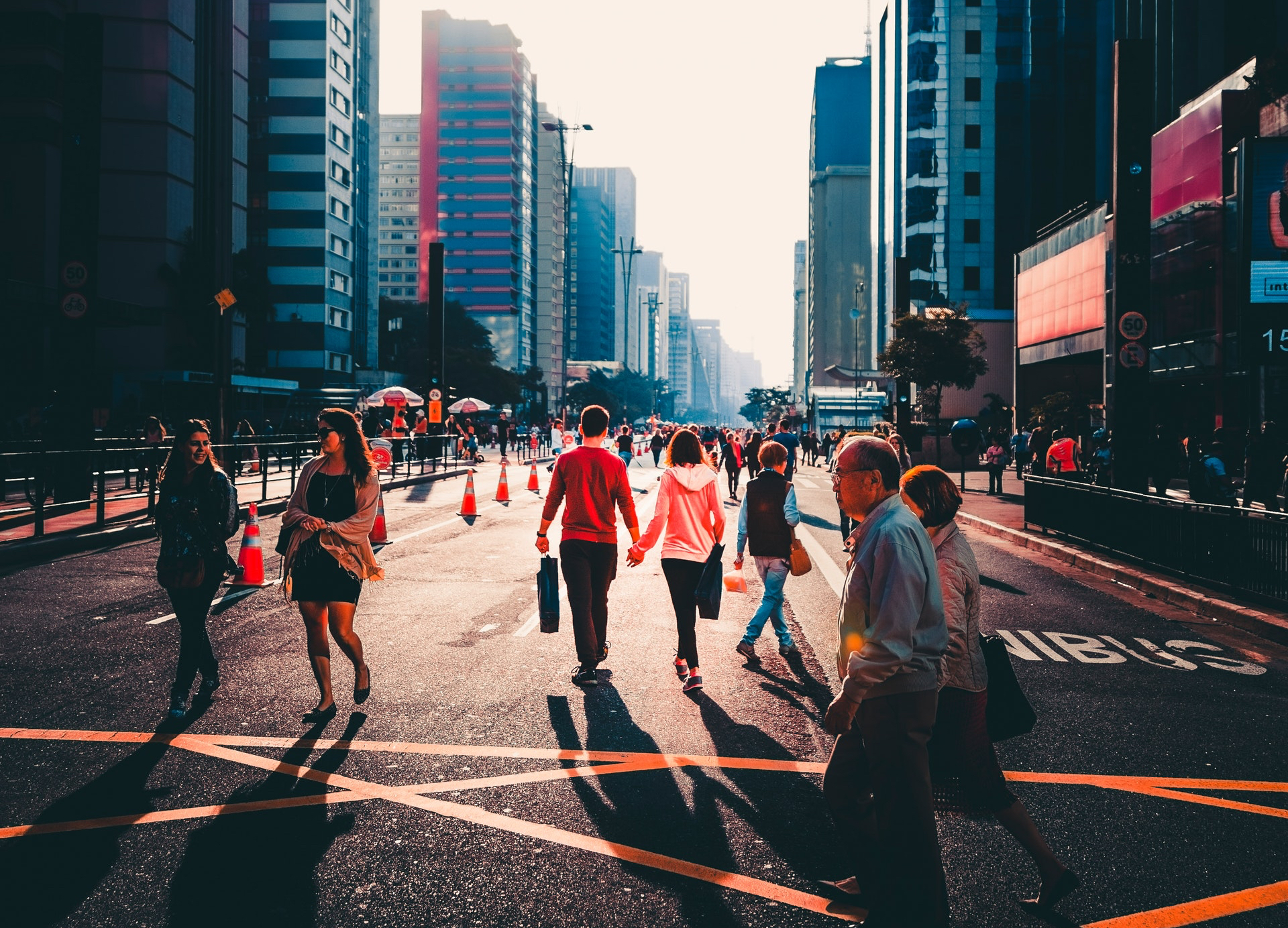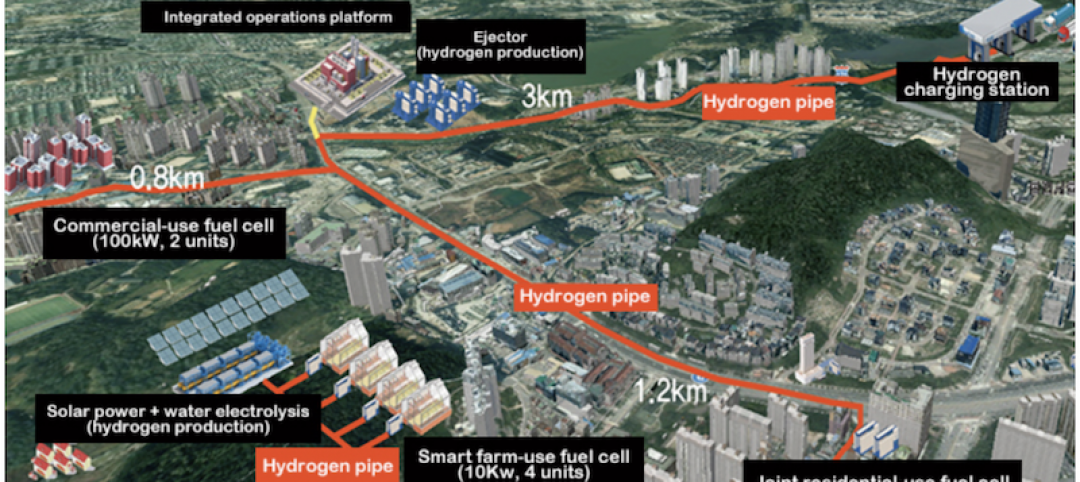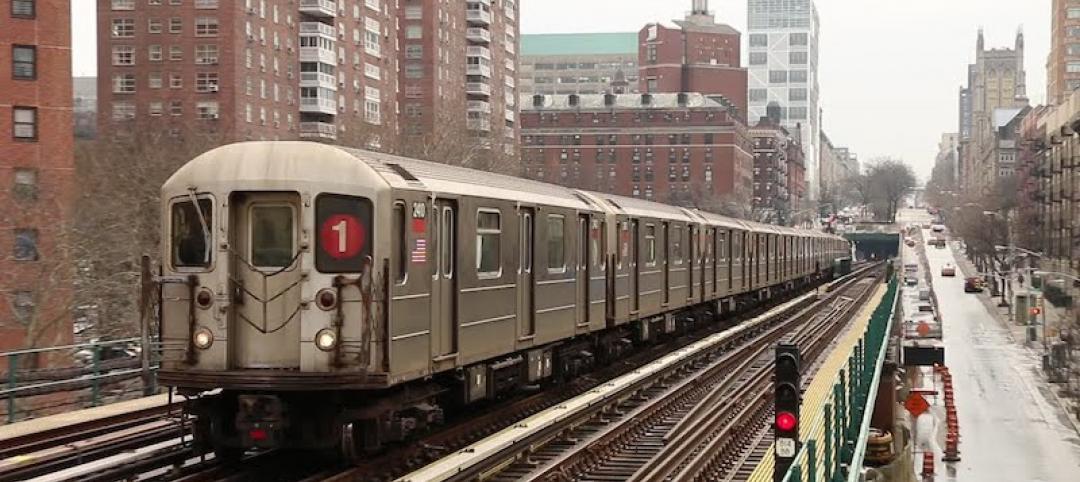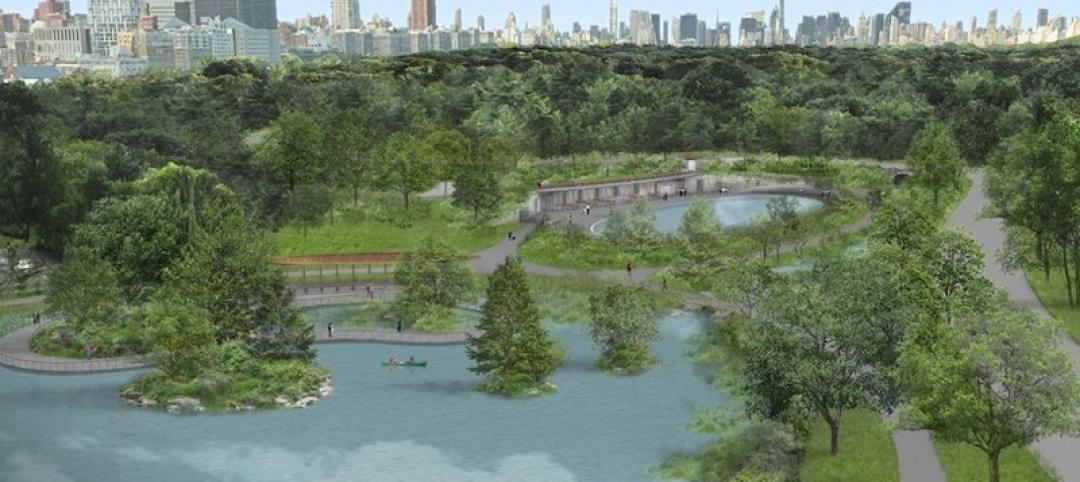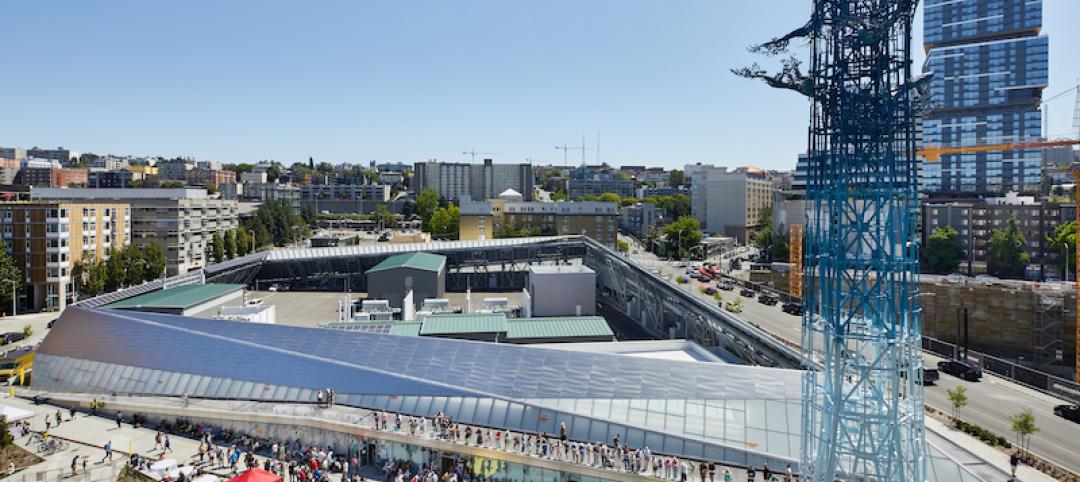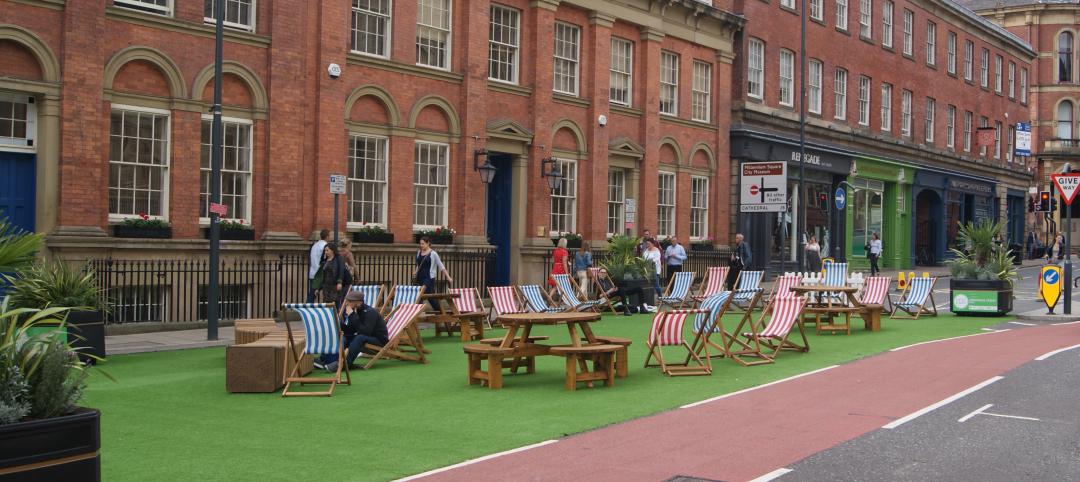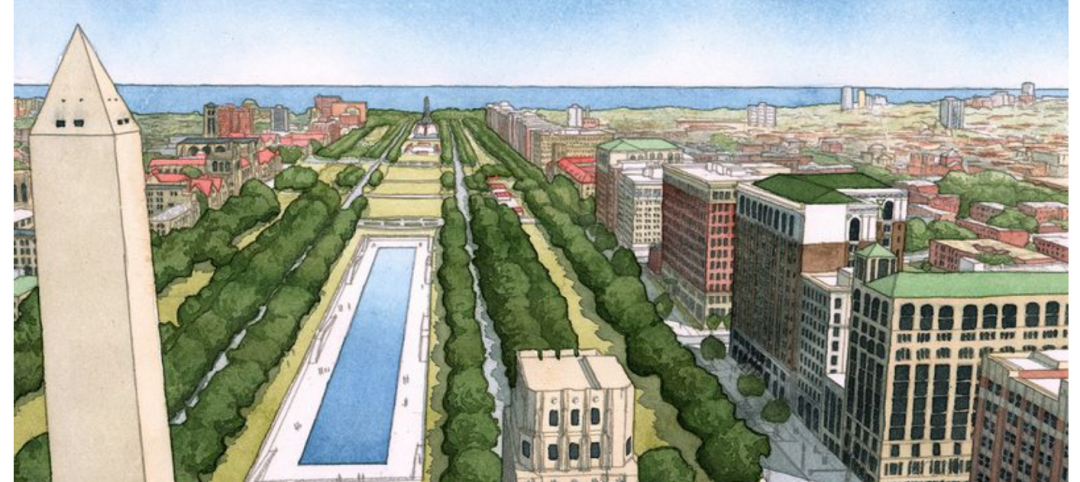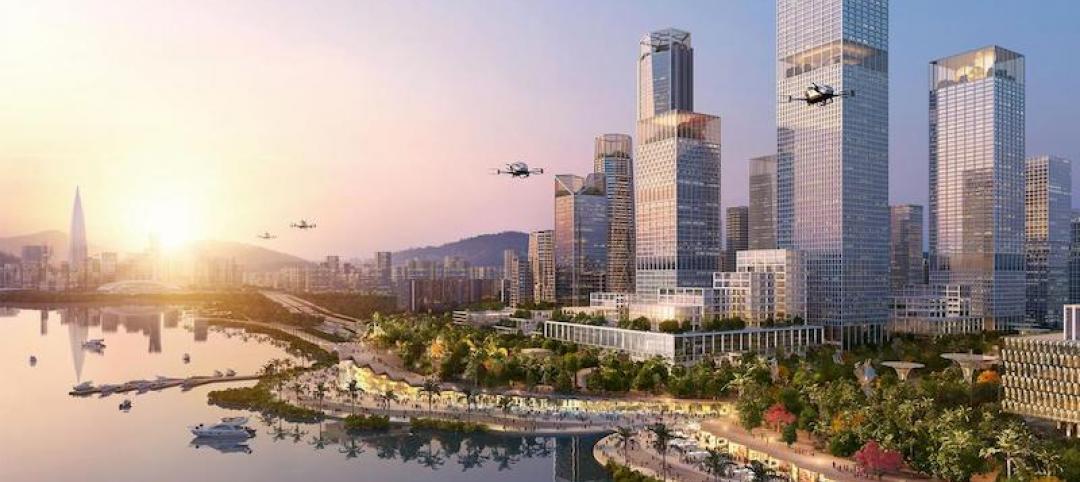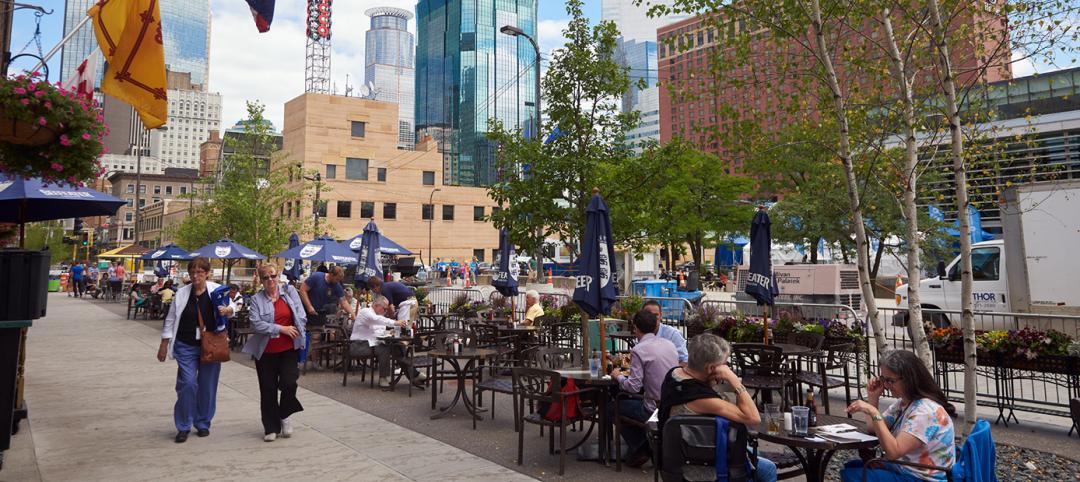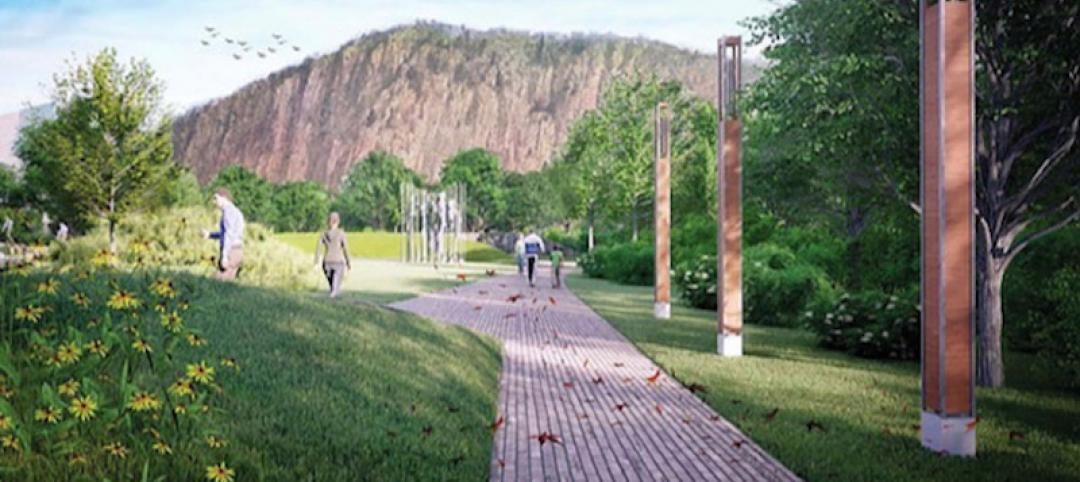The 30 largest cities in the U.S. are experiencing a “Doppler shift” in walkable development, according to a researcher at the George Washington University School of Business and co-author of the report, 2019 Foot Traffic Ahead report.
Dr. Tracy Loh says that even the lowest ranked metros such as Tampa and Phoenix are seeing increased market share of walkable urban development, versus sprawl. Walkable urban absorption in the largest metros is gaining market share by over twice their 2010 market share base, the study, done in partnership with Cushman & Wakefield, Smart Growth America/LOCUS, and Yardi Matrix, found.
“Denver’s appearance at number two is a direct reflection of the region reaping the dividends of more than a decade of ambitious investments in rail transit and more transit-accessible housing and office/retail, and the growth of the knowledge economy, which demands walkable urban development patterns,” according to a news release. New York City, Boston, Washington D.C., Chicago, and San Francisco rounded out the top six most walkable metro regions.
“Foot Traffic Ahead shows that the future is walkable, mixed-use places,” said Calvin Gladney, president and CEO of Smart Growth America. “Metro areas have a choice to make: continue distorting the market by subsidizing an outdated form of sprawling growth that separates residents from their daily needs, cuts them off from opportunity, and costs more to serve and maintain. Or, realize the massive potential benefits of meeting the pent-up demand for walkable places—which is one of the best ways to help more residents live in places that are affordable, healthy, and prosperous.”
Related Stories
Sustainability | Nov 8, 2019
South Korea plans to build three hydrogen-powered cities by 2022
The Ministry of Land, Infrastructure, and Transport is in charge of the project.
Urban Planning | Nov 6, 2019
Does investment in public transit pay off in economic development and growth?
Despite recent data about ridership declines, a new report on mass transit is optimistic.
Reconstruction & Renovation | Oct 7, 2019
Central Park’s Lasker Rink and Pool to undergo $150 million restoration project
The project will be the largest the Central Park Conservancy has ever undertaken.
Cultural Facilities | Aug 28, 2019
Seattle’s newest substation doubles as a civic amenity
The Denny Substation includes 44,000 sf of open space that invites local residents and visitors to frequent the complex.
Codes and Standards | Aug 27, 2019
Slower speed limits in urban areas offer multiple benefits
Improved safety, better adoption of electric scooters and autonomous vehicles are possible if drivers ease off the accelerator.
Urban Planning | Aug 27, 2019
Pop-up parks revitalize empty lots
Pop-up parks that provide instant open areas for public use and programming can revitalize under-utilized spaces and add vibrancy to neighborhoods.
Urban Planning | May 28, 2019
Henning Larsen wins competition to build Chinese leisure city
5.5 million sf waterfront district to be built in Shenzhen, China.
Urban Planning | Mar 1, 2019
What happens when downtown doesn’t stay downtown? The ripple effects of a strong center city
A new report from the International Downtown Association measures the true value and lasting impact of downtowns and center cities.
Urban Planning | Feb 6, 2019
Svigals + Partners to design a memorial garden for victims of gun violence
The park will be located in New Haven, Conn.


